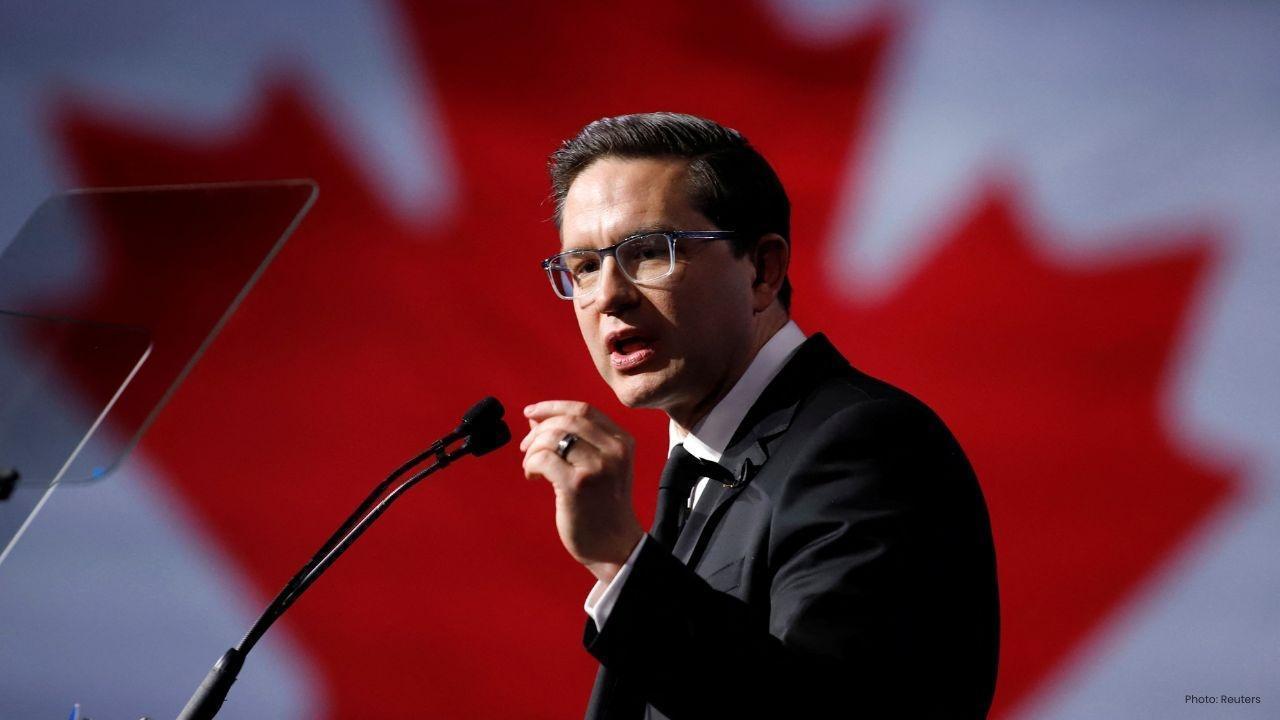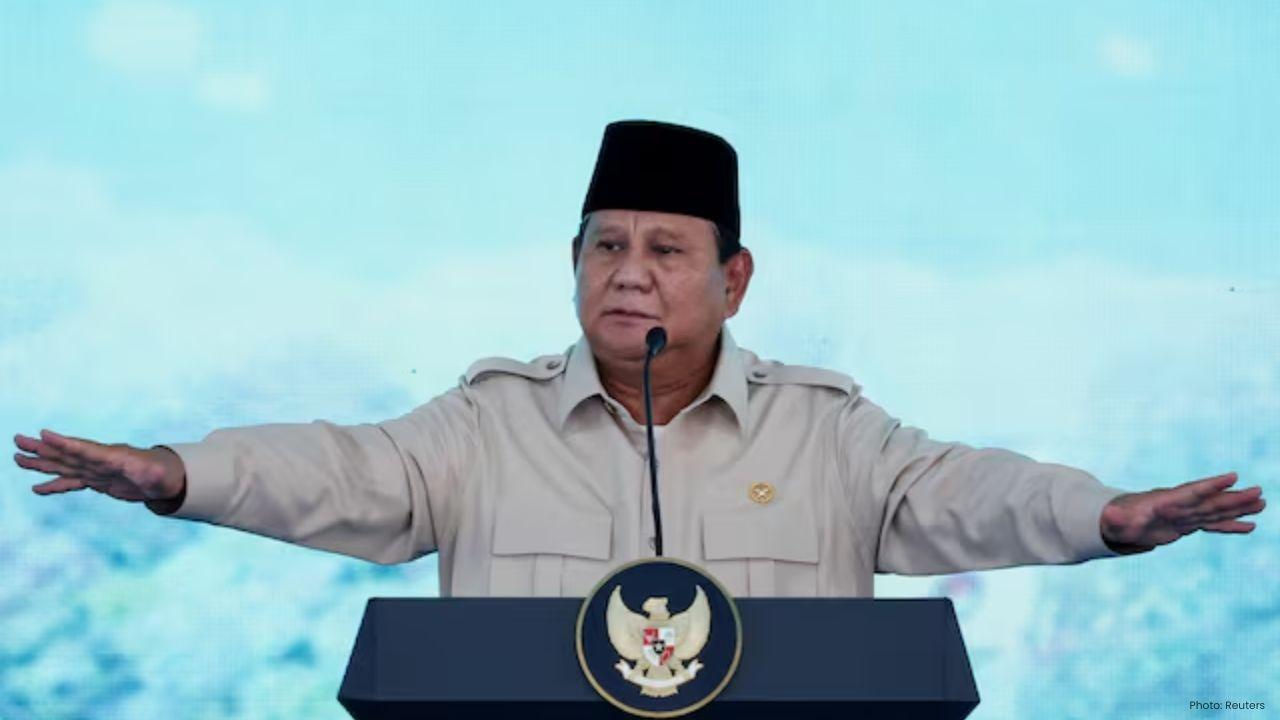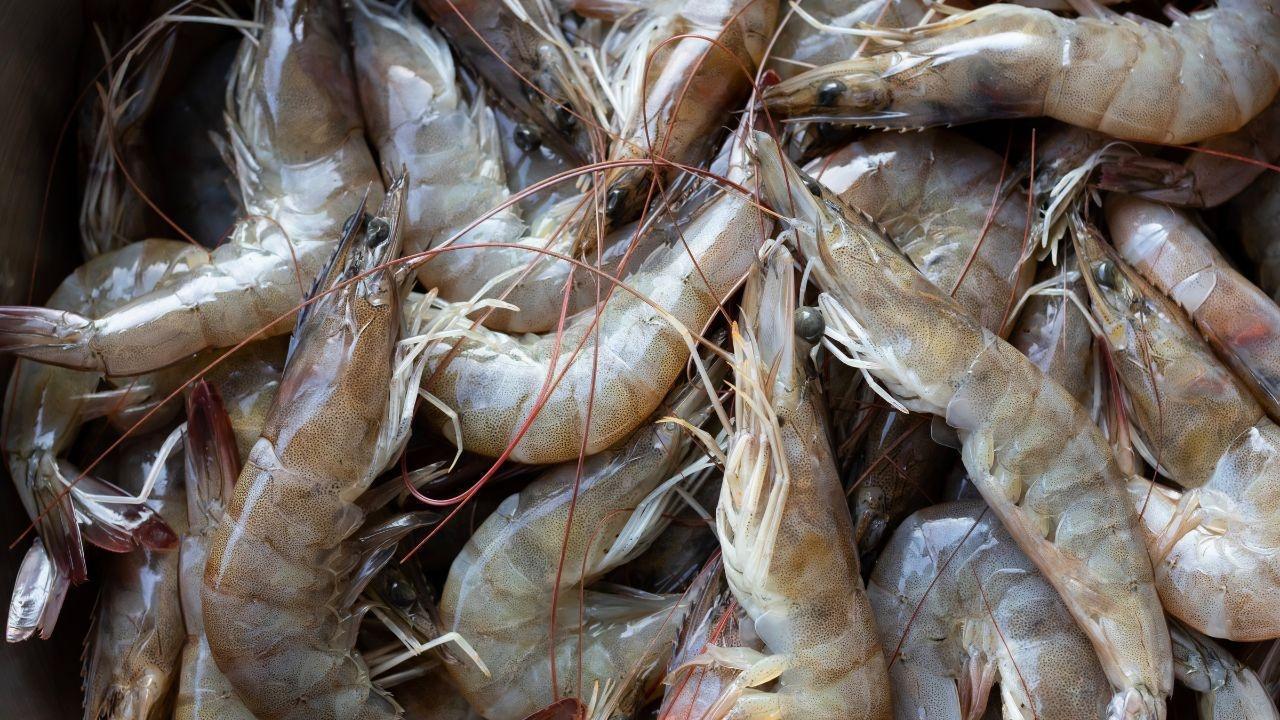
Join 10k+ people to get notified about new posts, news and tips.
Do not worry we don't spam!

Post by : Anis Farhan
Air pollution is no longer just a seasonal inconvenience for Lahore; it has become an entrenched public health crisis. This week, the city was ranked 3rd most polluted in the world, raising alarms for millions of residents who are forced to breathe toxic air every day. What was once a sporadic smog issue has now evolved into an environmental catastrophe, making Lahore one of the most difficult cities to live in when it comes to air quality.
The question that arises is simple yet pressing: Why does Lahore repeatedly feature in the list of the most polluted cities, and why has the situation worsened this week? The answer lies in a combination of geography, unregulated urban growth, industrial activity, weak governance, and the growing impacts of climate change.
Lahore’s location plays a significant role in its pollution crisis. Situated in the Punjab basin, the city often experiences temperature inversion during winter months. This phenomenon traps pollutants close to the ground instead of dispersing them into the atmosphere. With little wind movement, pollutants accumulate and form the thick smog that suffocates the city.
But geography alone is not to blame. Other cities in similar basins have managed pollution better by enforcing stricter environmental policies. Lahore’s recurring air quality crisis points to deeper systemic failures.
Lahore’s population has exploded over the past few decades, with rapid migration from rural areas. The city now houses over 12 million residents, making it Pakistan’s second-largest city. However, this growth has come at a steep environmental cost.
More Vehicles on the Road: Car ownership has surged, and public transport infrastructure has failed to keep pace. Old, smoke-emitting vehicles are still widely in use, adding to particulate matter in the air.
Construction Boom: Unregulated construction contributes to dust pollution, while the lack of green spaces worsens air quality.
Urban Heat Island Effect: Concrete-dense urban development traps heat, reducing wind circulation and intensifying smog episodes.
Two of the biggest contributors to Lahore’s worsening air quality are industrial activity and agricultural practices.
Factories and Brick Kilns: Despite regulations, thousands of small-scale factories and brick kilns continue to operate without emission controls. These facilities release toxic fumes and fine particulate matter directly into the atmosphere.
Crop Residue Burning: Farmers in Punjab often burn leftover crop residue after harvest. This seasonal activity releases massive amounts of smoke, which combine with existing pollutants to form thick smog.
Together, these practices make Lahore’s air almost unbreathable during winter months.
Perhaps the most critical reason Lahore has ranked 3rd globally in pollution this week is the failure of enforcement. While Pakistan does have environmental protection laws, they are often poorly implemented.
Fines on crop burning are rarely imposed.
Factories continue operating without proper filters or scrubbers.
Vehicle inspection systems are outdated or non-functional.
The lack of political will and weak institutional capacity mean that even well-intentioned policies fail to produce real results.
Behind the numbers lies a tragic reality for millions of people. The smog in Lahore is not just an environmental issue—it is a public health emergency.
Respiratory Illnesses: Hospitals have reported a sharp increase in cases of asthma, bronchitis, and chronic obstructive pulmonary disease (COPD).
Eye and Skin Irritation: Residents frequently complain of burning eyes, headaches, and skin problems during smog episodes.
Children at Risk: Studies show that children in Lahore are more vulnerable to long-term health complications due to prolonged exposure to polluted air.
Economic Burden: Medical costs rise, productivity drops, and schools are often forced to close, disrupting education.
Lahore’s ranking as the 3rd most polluted city places it alongside cities like Delhi, Dhaka, and Beijing. However, while Beijing has significantly improved its air quality through strict regulations and green energy adoption, Lahore lags far behind.
This week’s global comparison highlights a harsh truth: other countries have shown that it is possible to reverse pollution trends, but Lahore remains trapped in a cycle of neglect.
Climate change acts as a multiplier for Lahore’s air quality crisis. Rising global temperatures mean longer dry spells and more frequent temperature inversions. Seasonal smog episodes that were once limited to late autumn are now stretching deeper into winter.
In addition, unpredictable weather patterns reduce the natural dispersal of pollutants, making each episode of smog more intense than before.
Authorities have attempted to tackle the crisis with measures such as:
Closing schools temporarily to protect children.
Issuing advisories for mask-wearing.
Restricting vehicle use on some days.
While these are short-term responses, they do not address the root causes of pollution. Without long-term investment in renewable energy, clean transportation, and stricter enforcement, Lahore will continue to rank among the most polluted cities year after year.
Experts suggest a multipronged strategy to combat Lahore’s pollution crisis:
Transition to Renewable Energy: Encourage solar and wind energy to reduce dependence on fossil fuels.
Upgrade Public Transport: Invest in efficient metro and bus systems to reduce car usage.
Regulate Industries: Enforce emissions standards for factories and kilns, with penalties for non-compliance.
Ban Crop Burning: Provide farmers with alternatives such as bio-composting and subsidies for machinery.
Expand Green Spaces: Urban forests and rooftop gardens can absorb pollutants and cool the city.
Public Awareness Campaigns: Educating residents about lifestyle choices that contribute to pollution is essential.
Lahore’s ranking as the 3rd most polluted city globally this week is a sobering reminder that air quality is not just an environmental statistic but a measure of how livable a city truly is. The crisis reflects the cumulative failures of policy, enforcement, and urban planning. Yet, it also presents an opportunity. With the right vision and political will, Lahore can learn from global success stories and reclaim its skies.
The stakes are high—not just for Lahore’s residents today, but for future generations who deserve a city where clean air is not a luxury, but a basic right.
This article provides an in-depth editorial perspective on Lahore’s air pollution crisis. It is intended for informational purposes only and should not replace official environmental data or health advisories.










Paramount+ to Stream PBR’s 'Unleash the Beast' in New Five-Year Deal
Paramount+ will stream PBR’s 'Unleash the Beast' across the U.S. starting this December under a five

Zohran Mamdani Clinches NYC Mayoral Seat as Victory Speech Blends Politics and Bollywood
Zohran Mamdani won New York City's mayoral race, becoming the city's first Muslim and South Asian ma

India Wins First Women’s World Cup 2025 Title
India lifts its maiden Women’s World Cup 2025 title! Harmanpreet Kaur’s team stuns South Africa in a

Manuel Frederick, 1972 Olympic Bronze Goalkeeper, Dies at 78
Manuel Frederick, a member of India’s 1972 Olympic bronze hockey team, has died in Bengaluru at 78 a

Muhammad Hamza Raja Wins IFBB Pro Card Puts Pakistan & UAE on Global Stage
Pakistani bodybuilder Muhammad Hamza Raja earns IFBB Pro Card in Czech Republic, showcasing Dubai’s

Shreyas Iyer’s Recovery Underway After Spleen Laceration in Sydney ODI
Shreyas Iyer is recovering after a spleen laceration sustained while taking a catch in the Sydney OD